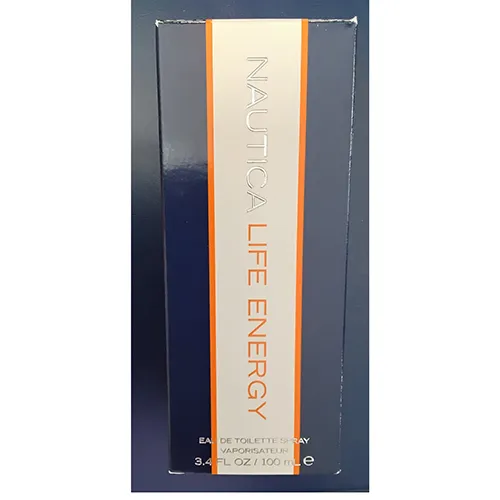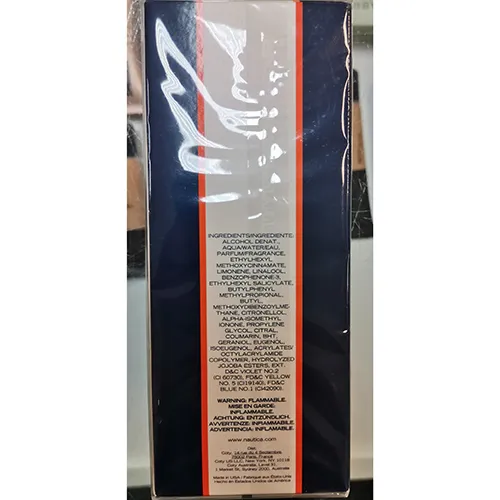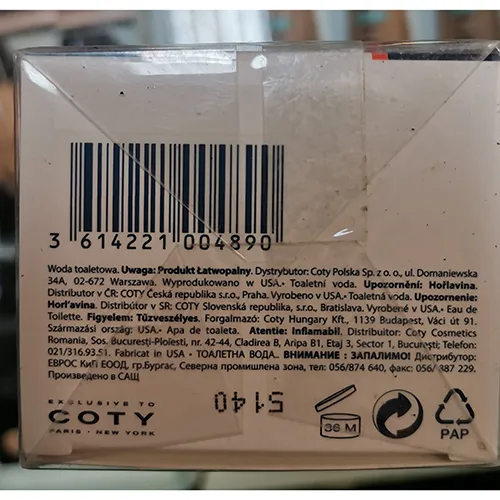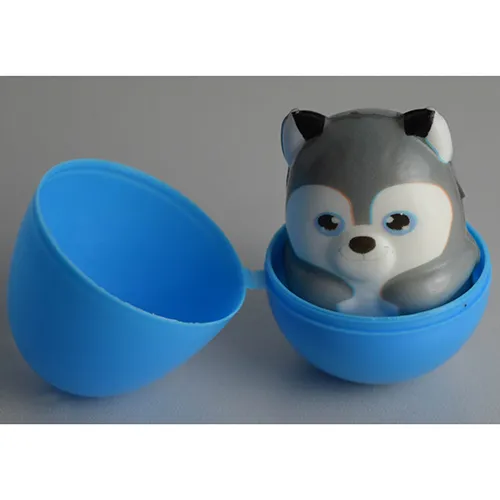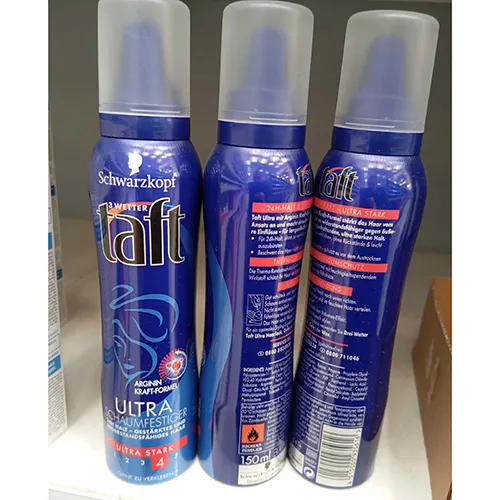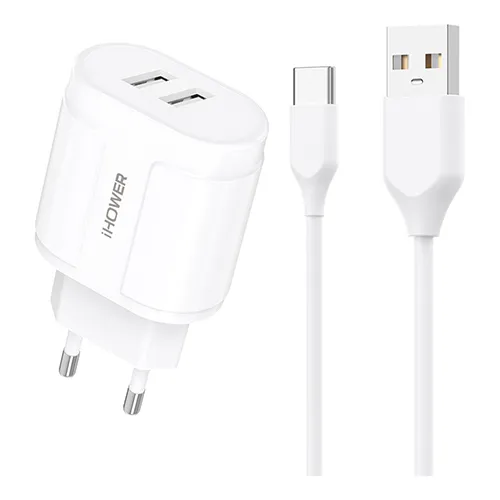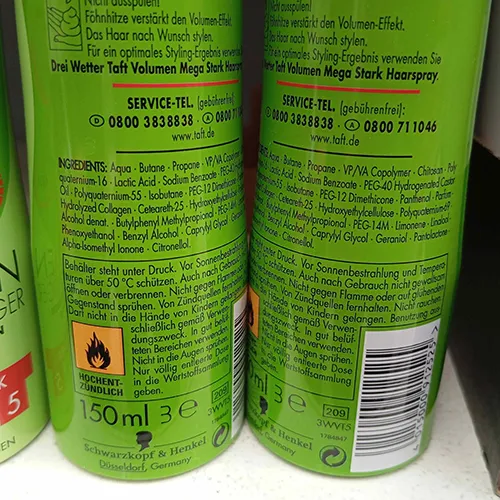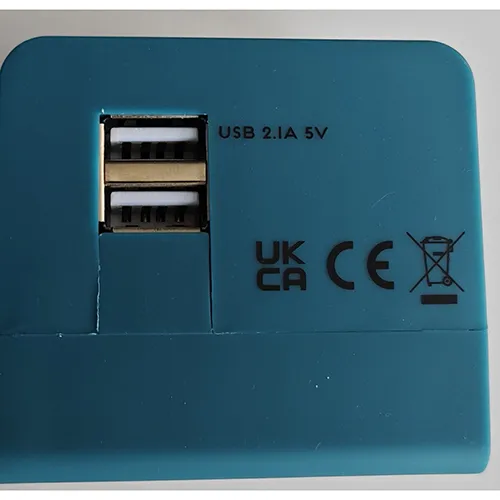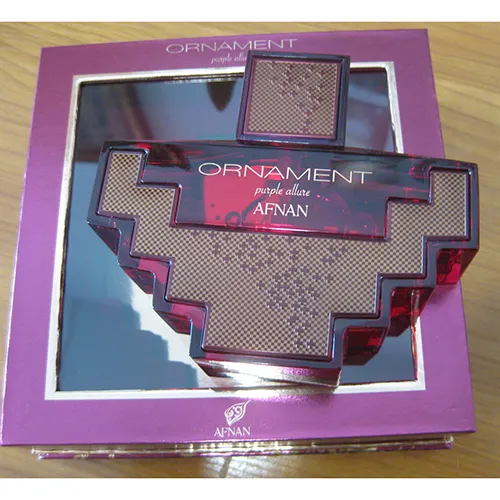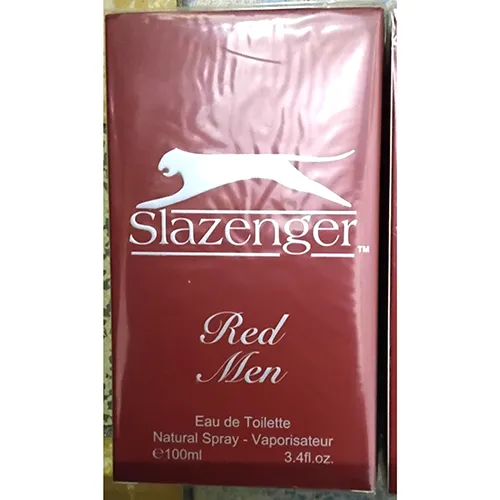InfoCons Consumer Protection Alert : NAUTICA – Eau de toilette
NAUTICA – Eau de toilette
Name: LIFE ENERGY
Category: 10
Date: 2025-08-15
Product Category: Cosmetics
Risk Type: Chemical
Danger: According to the list of ingredients, the product contains 2-(4-tert-butylbenzyl) propionaldehyde (BMHCA), which is prohibited in cosmetic products. BMHCA may harm the reproductive system, may harm the health of the unborn child and may cause skin sensitisation. The product does not comply with the Cosmetic Products Regulation.
Measures: Type of economic operator to whom the measure(s) were ordered: RetailerCategory of measure(s): Destruction of the productDate of entry into force: Unknown
Description: Eau de toilette, 100 ml.
Notifying Country: Czechia
Country of Origin: United States
Alert Type: Consumer
Alert Level: Serious risk
